Rogier van der Weyden is one of the best portraitists of his time. To us, unfortunately, only five portraits, with a greater or lesser degree of credibility attributed to the
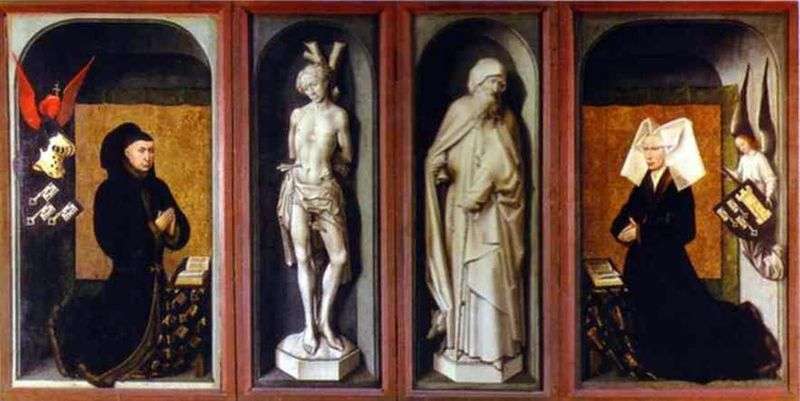

Rogier van der Weyden is one of the best portraitists of his time. To us, unfortunately, only five portraits, with a greater or lesser degree of credibility attributed to the
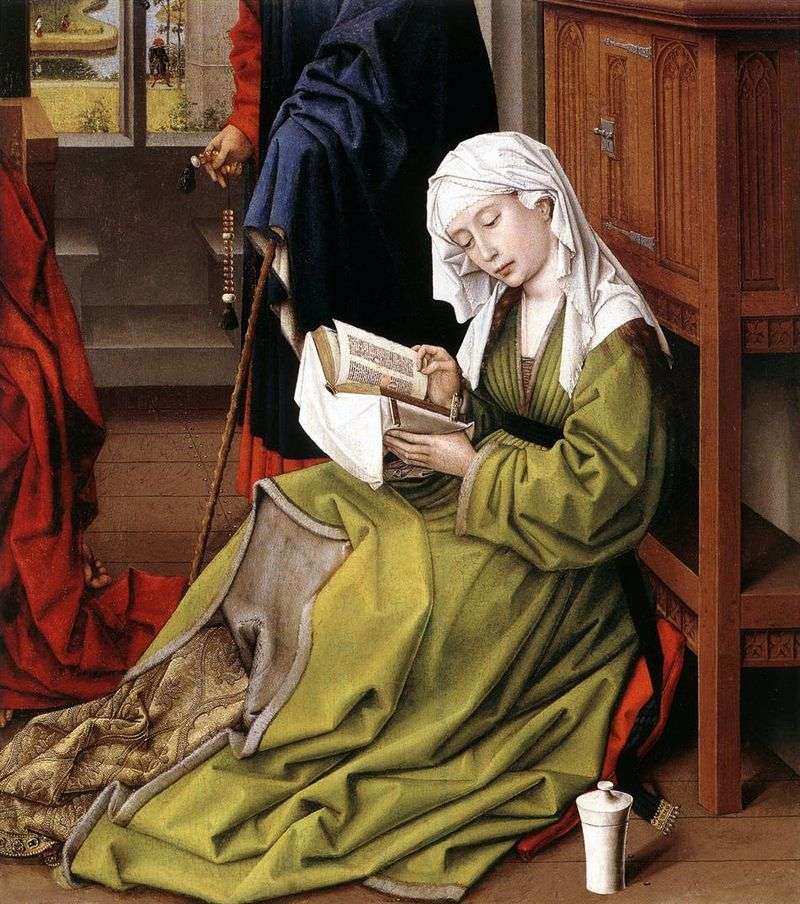
Read Mary Magdalene [1435] Painting Reading Mary Magdalene, dating from 1435, can be conditionally considered an “Italian” experience of the painter. Mary Magdalene in a greenish dress sits, leaning against
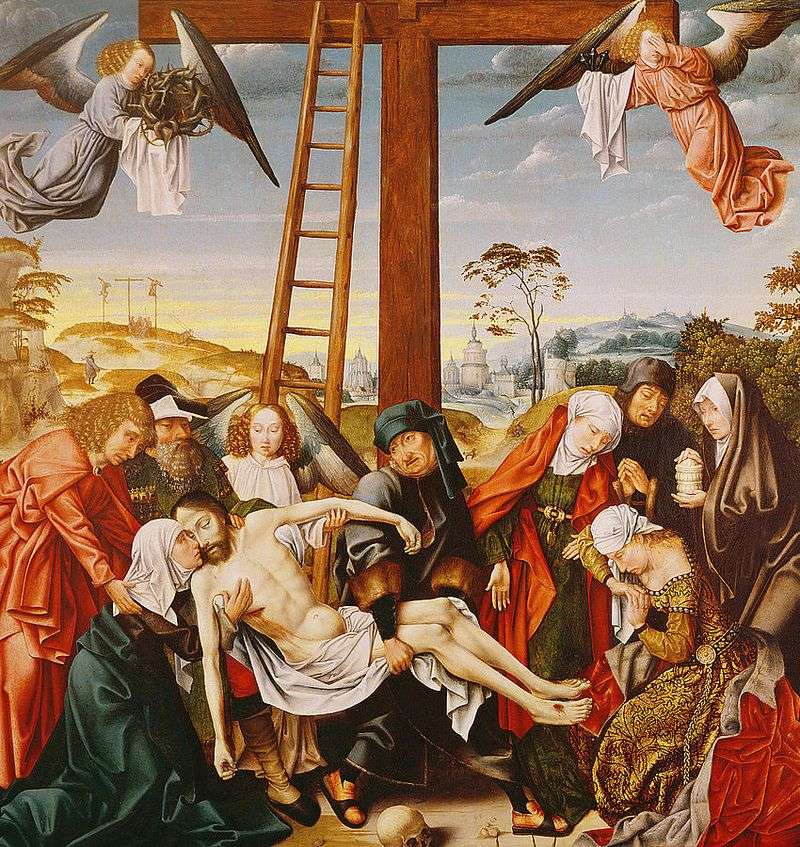
Pay attention to how different this style is from the famous “Descent from the Cross” written a decade earlier. Note, however, that in “Drinking” and “Taking off the Cross” the
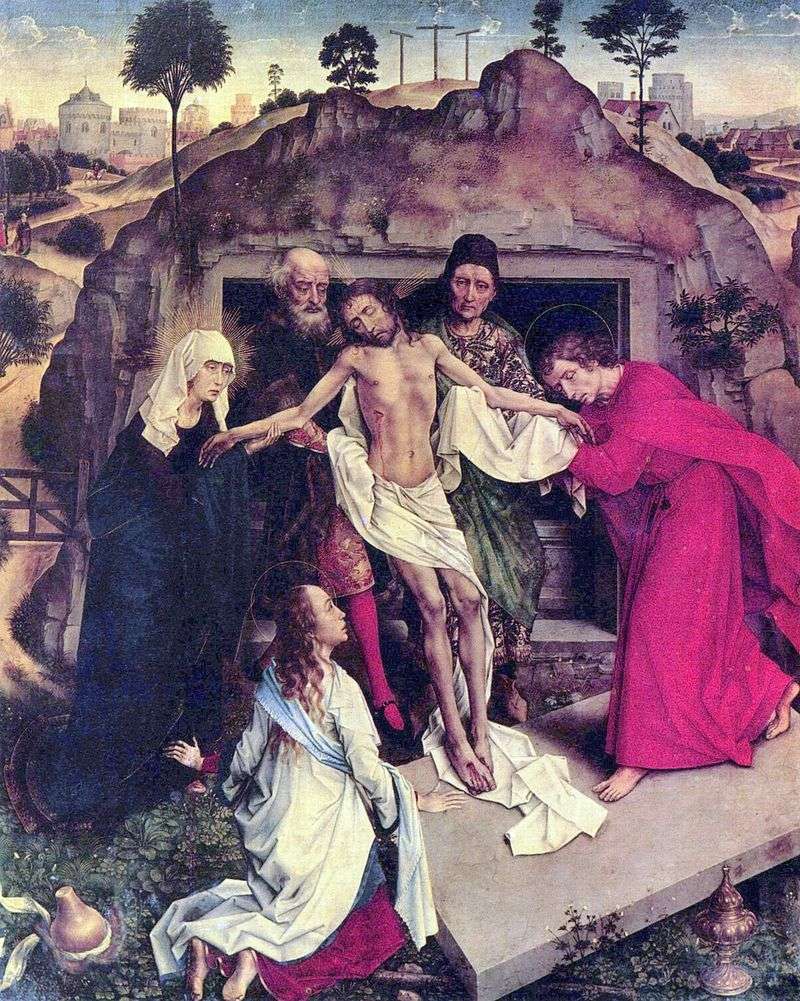
In his painting, Rogier van der Weyden, an artist of the early Dutch Renaissance, was able to portray different human sentiments. In the presented altar image, created, probably, during a
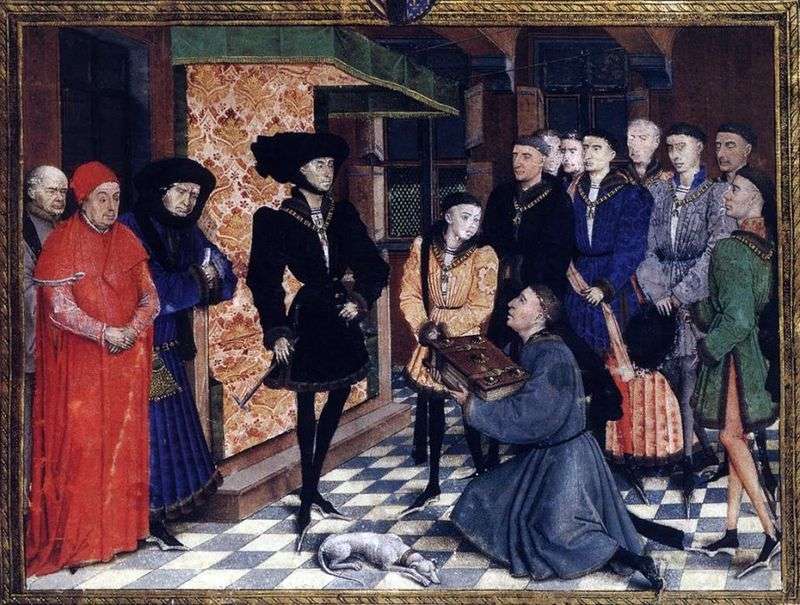
We do not have accurate evidence to confirm the work of Rogier van der Weyden as an illustrator, but one of the miniatures attributed to him is really performed in
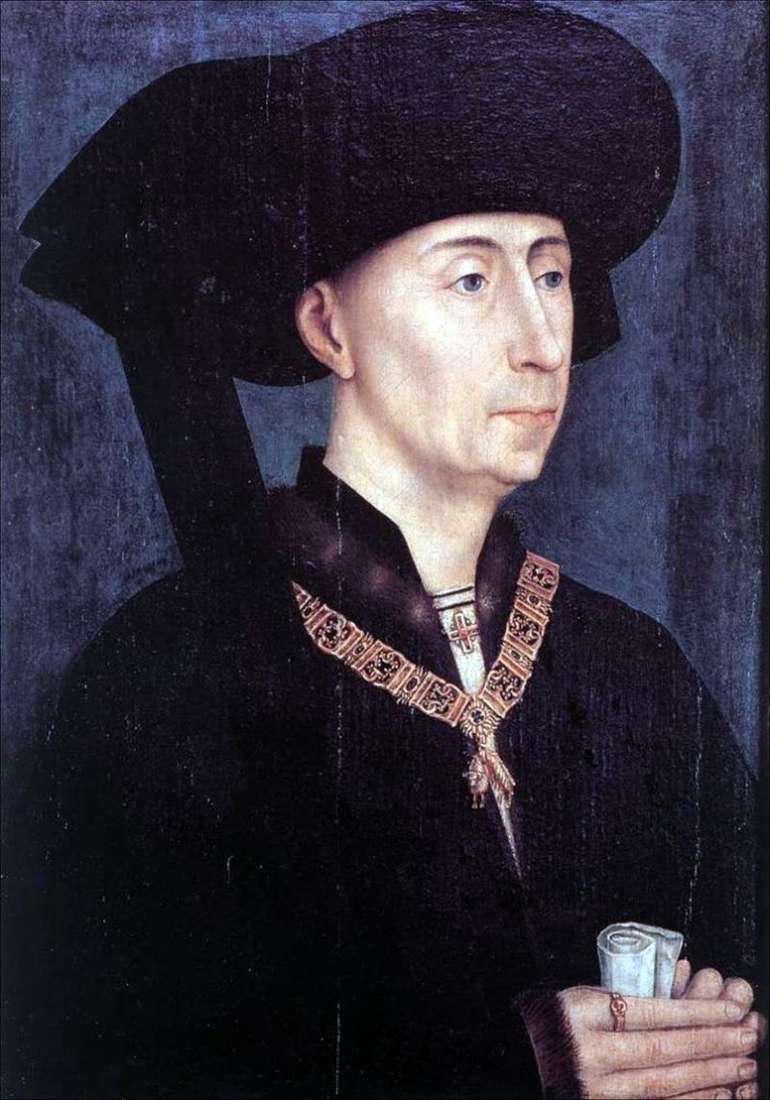
In this portrait Philip Dobromu, the Duke of Burgundy, is fifty years old. The personality of the duke is interesting in many ways. So, it is known that during his
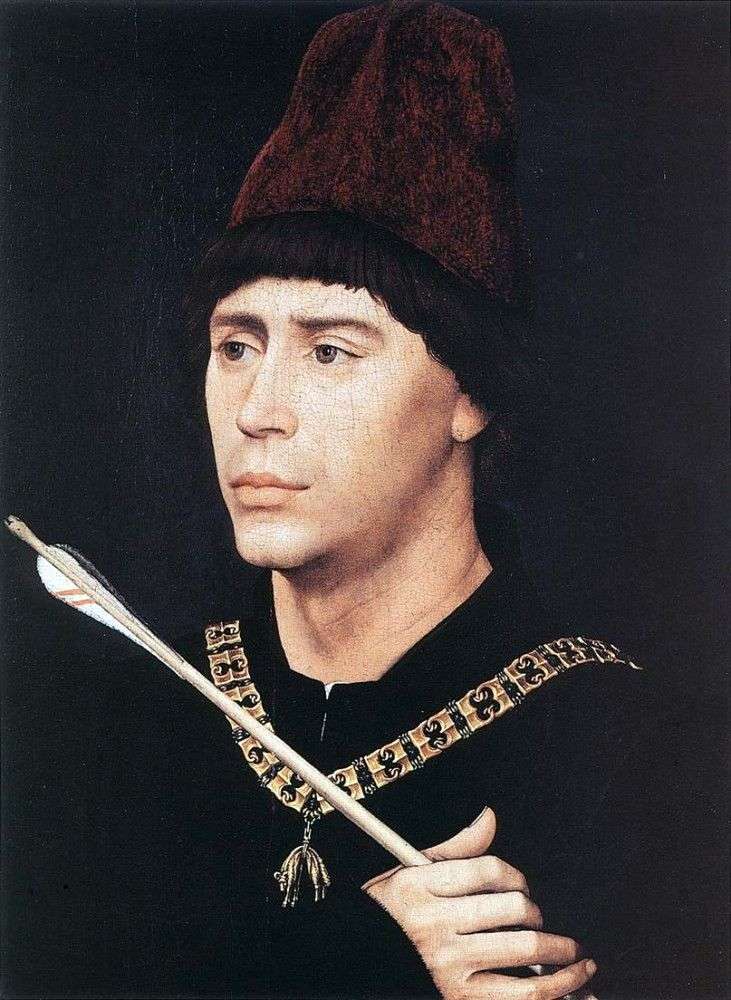
In the early 1460s, the half-brothers Karl the Brave and Antoine of Burgundy, the sons of the famous Don Juan Philip the Good were sealed in portraits. After the death

Even during the life of Rogier van der Weyden, his work became widely known in Italy. Among his customers there were many noble and wealthy Italians. According to some reports,
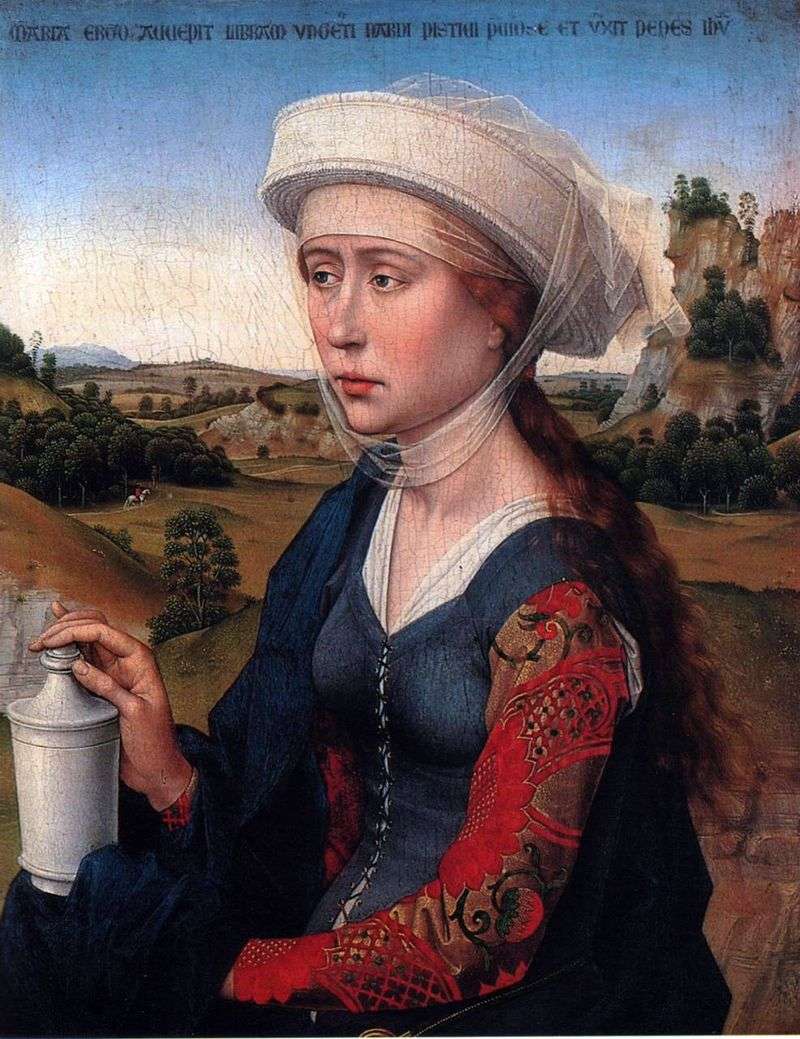
Flemish painter Rogier van der Weyden wrote “Triptych of the Family of Marriage” after a trip to Italy. On the right wing, Mary Magdalene is depicted as a completely earthly

On the left wing of this wonderfully elegantly executed triptych is the moment of the birth of John the Baptist. In the foreground, the viewer sees the Mother of God
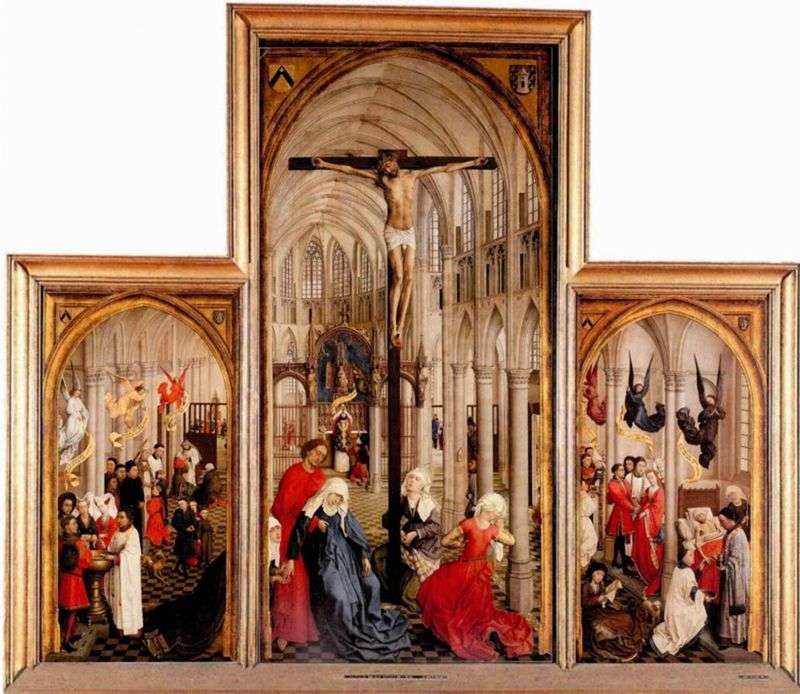
This remarkable forbidden image of historians is considered one of the late works of Rogier van der Weyden. Strongly complicating the dating is that Jean Chevro, on whose orders the
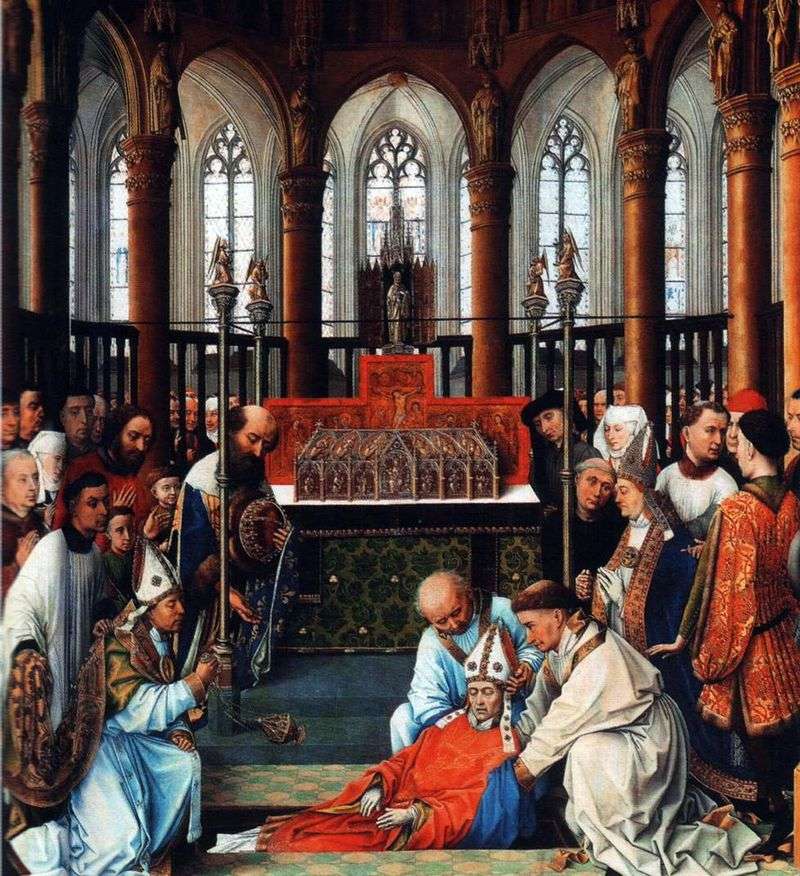
Finding the relics of St. Hubert [1440] The canvas Discovering the relics of St. Hubert came from the studio of Rogier van der Weyden around 1440. On it we see

Of all the surviving works of Rogier van der Weyden, this date is most accurately dated. On the back of the wings of the triptych are the coats of arms
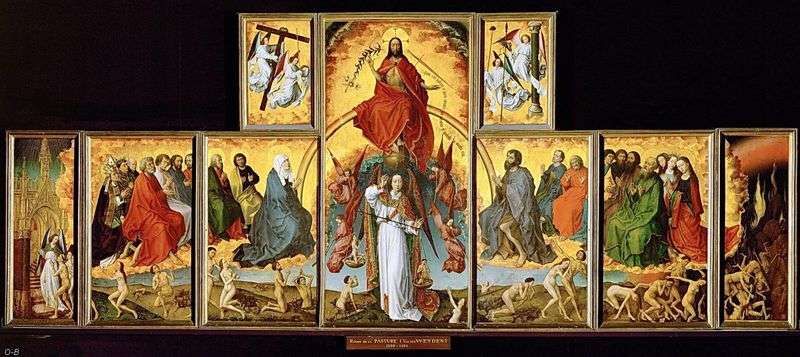
This polyptych is still in the same building for which he was once written by Rogier van der Weyden, namely, in a shelter for the poor Hotel Dieu in Bon,
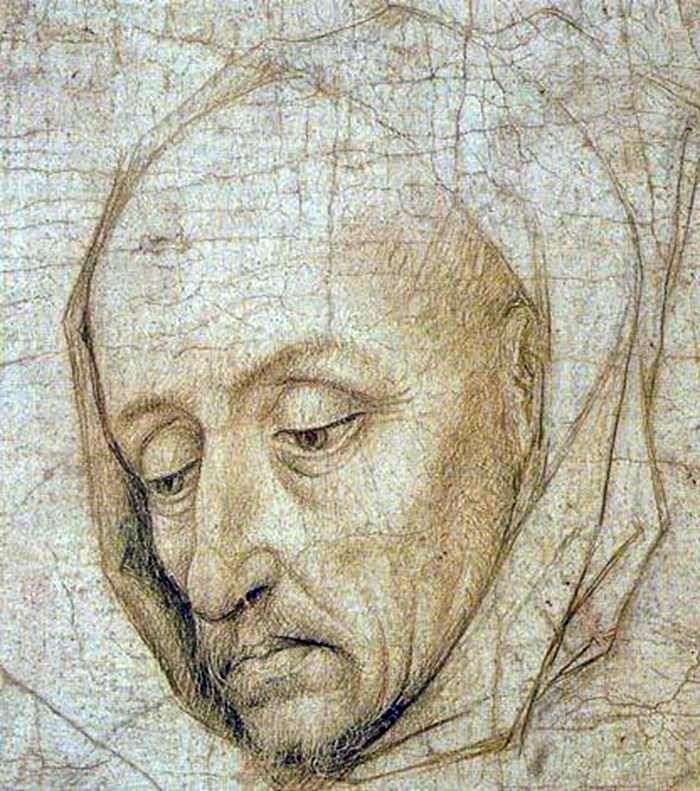
Up to our time, very few Roger van der Veiden paintings have come down. What to say about the drawings – there are only a few works of Rogier in
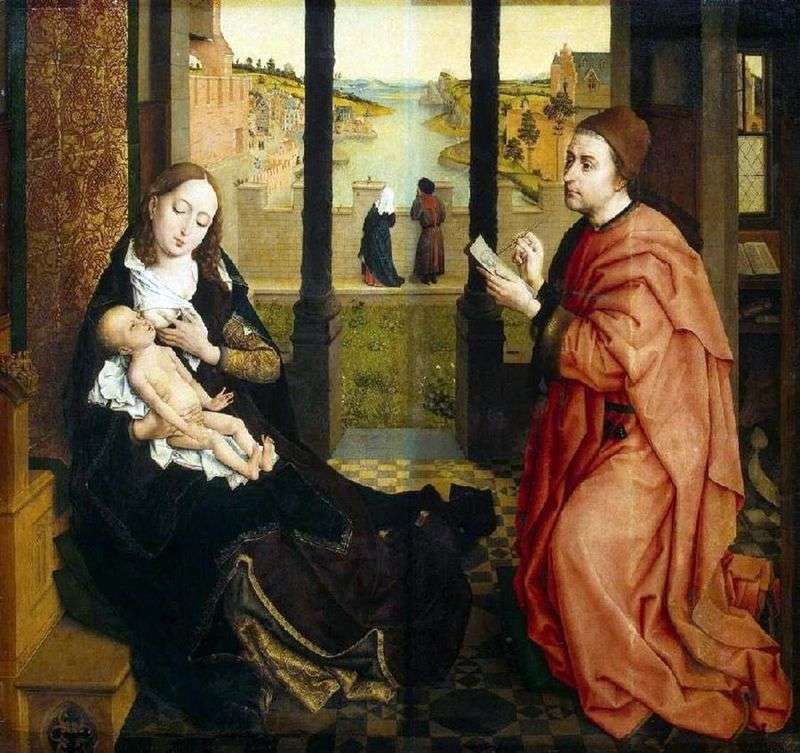
The plot is borrowed from a legend of Greek origin, according to which St. Luke was the first who painted a portrait of the Mother of God. On this basis
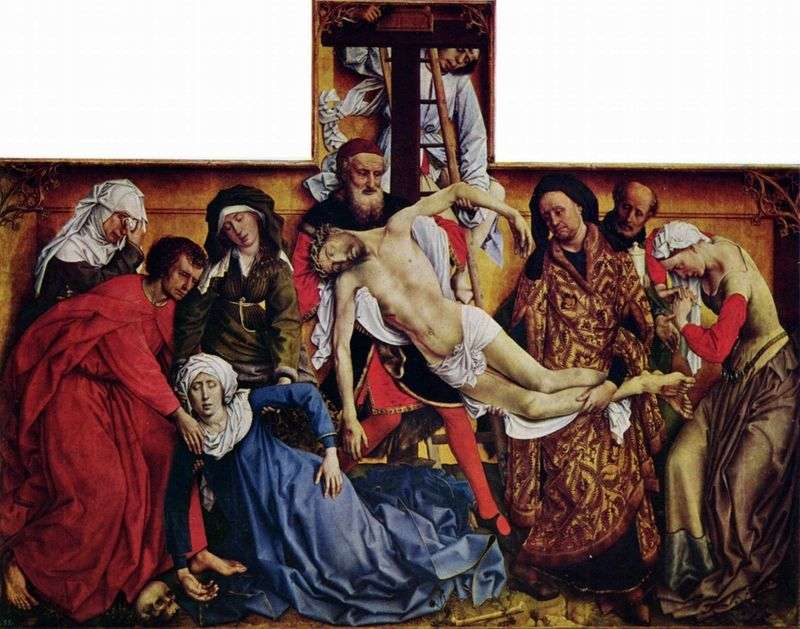
Surprising in the technique of writing and spiritual depth, the image of Rogier van der Weyden’s “Descent from the Cross” is one of the masterpieces of Dutch religious painting. Once
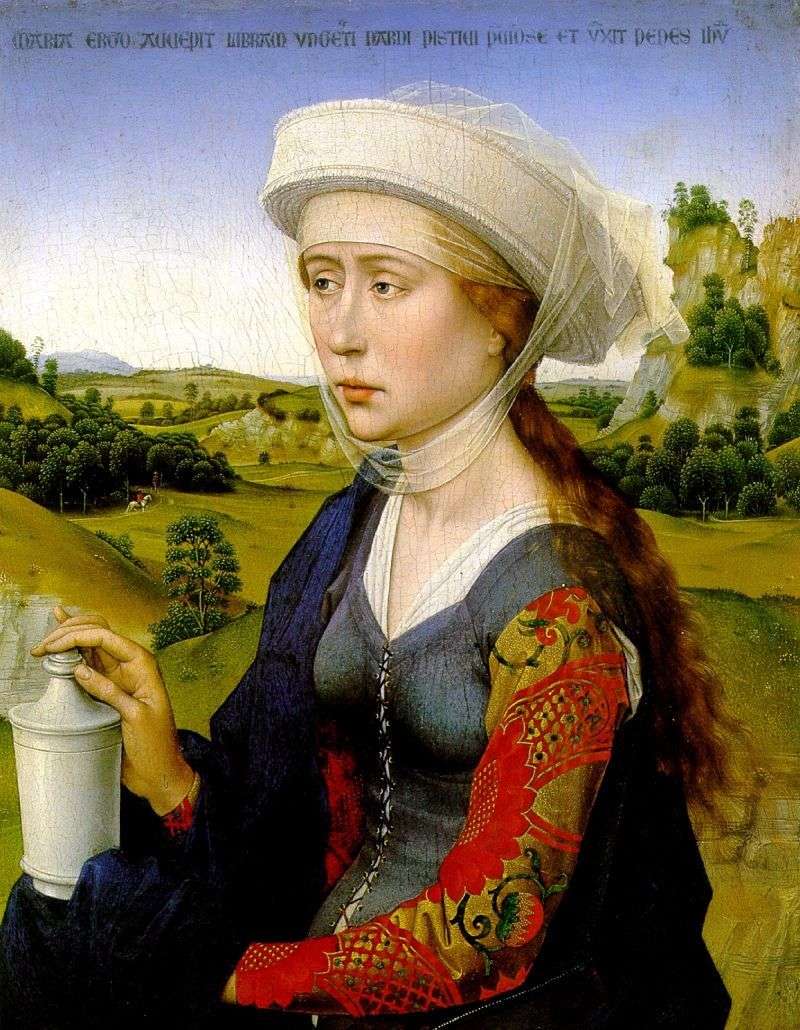
“Triptych of the Family of Marriage” was written after the travel of the artist to Italy. The essence of the picture is the mental stress of the saints immersed in
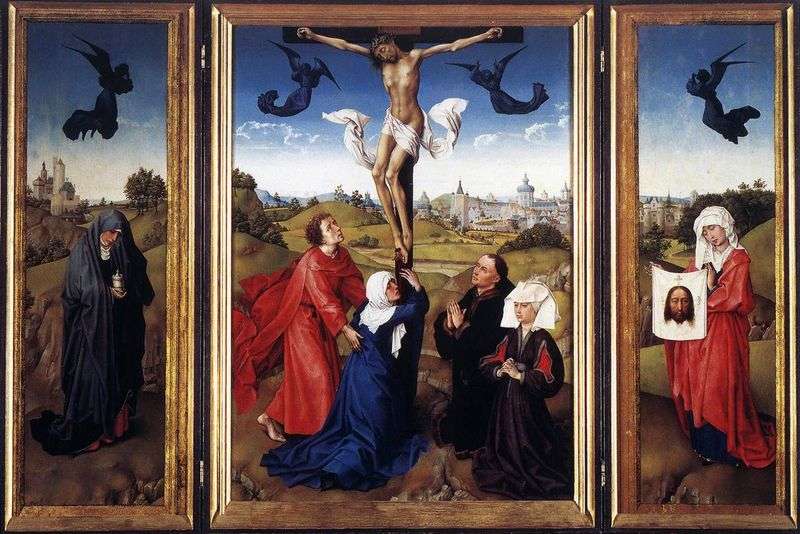
The central panel of this triptych depicts a scene of crucifixion with the Theotokos, the Theologian and philanthropists standing at the foot of the cross. On the side panels the
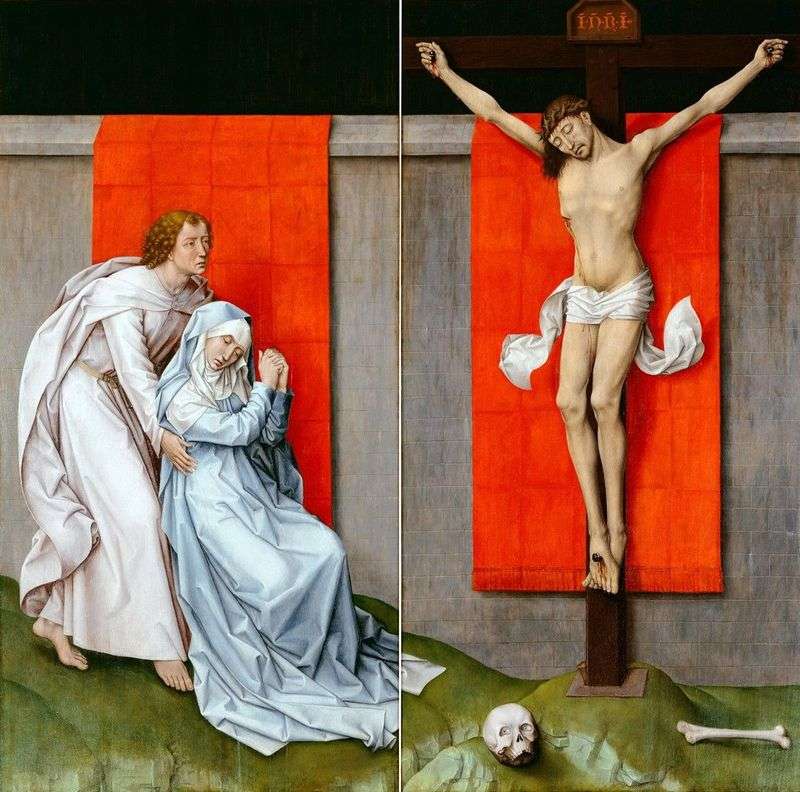
The work presented is one of the last major compositions by van der Weyden. This assumption is confirmed by highly stylized forms with sharply outlined contours, a reduction in the